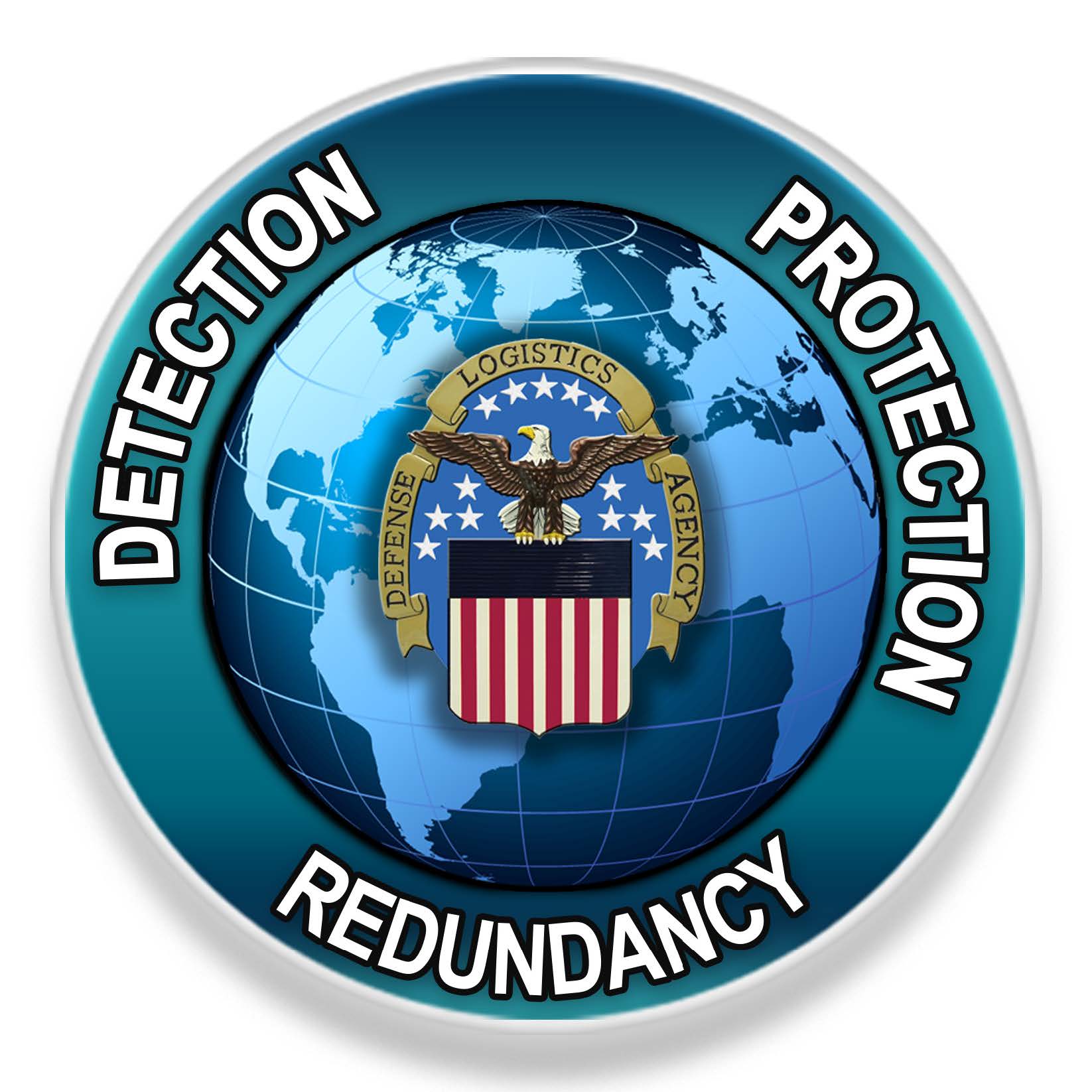 DLA’s Supply Chain Security Strategy is the roadmap for how the agency will address supply chain security challenges across the enterprise. This cross-cutting effort is fundamental to our operations and underpins DLA’s ability to support the warfighter. Interruption of DLA supply chain operations compromises our nation’s ability to deliver combat power and execute critical missions. It’s that serious!
DLA’s Supply Chain Security Strategy is the roadmap for how the agency will address supply chain security challenges across the enterprise. This cross-cutting effort is fundamental to our operations and underpins DLA’s ability to support the warfighter. Interruption of DLA supply chain operations compromises our nation’s ability to deliver combat power and execute critical missions. It’s that serious!
As the nation’s combat logistics support agency responsible for end-to-end management of nine supply chains supporting the warfighter, DLA has an inherent imperative to ensure we have the proper detection, protection, redundancy and resilience built into our systems, processes, infrastructure and people to ensure continued support to the warfighter.
Today’s world presents a multitude of challenges to DLA’s supply chain operations. Threats from natural disasters, geopolitical developments, nefarious activities, diminishing manufacturers, and the ever-present threat from the cyber-domain demand that DLA continues the journey to strengthen operational resiliency. As the threat environment evolves, so too must DLA’s ability to detect, protect, and continue operations in a contested or degraded environment through redundant and resilient supply chain operations.
This document carves a path forward for the agency to follow in pursuit of strengthening operational resiliency across the enterprise. The strategy within it anchors to the fundamental elements of Supply Chain Risk Management and mission assurance. I need every DLA member to understand this strategy and to support it wherever you may fit in because supply chain disruption is not an option for the warfighter. With each of us synchronized on supply chain security, together we can thwart disruption by strengthening operational resiliency.
- Former DLA Director Army Lt. Gen. Darrell K. Williams